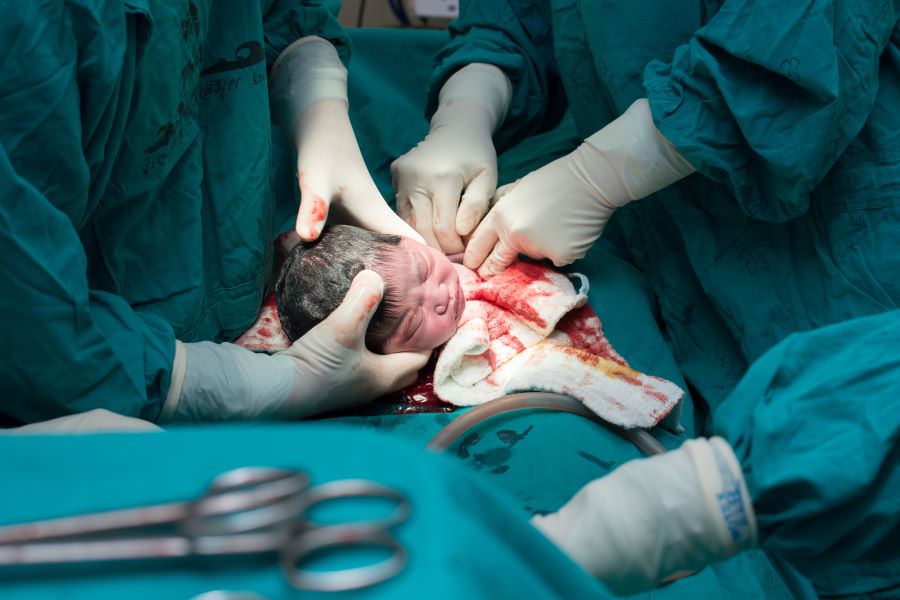C-section Rates now 33 Percent of all Births


A research team at the University of Minnesota just delivered some news about cesarean sections: not only are C-sections the most common inpatient surgical procedure in the US, they are currently used in about one-third of all deliveries. While this isn’t new information, they did find some interesting patterns about why these C-sections might be happening so often.
The study team looked at data from more than 1.47 million births in 1,300 hospitals across 46 states and found that, on average, 33 percent of all babies are delivered via C-section. However, these rates vary tremendously from region to region and even hospital to hospital. When they drilled down into the figures, the C-section rate ranged between 19 and 48 percent among various hospitals.
One big factor to keep in mind is whether or not the woman has ever had a C-section before or if she is undergoing a repeat C-section (that is, she has already had one and is having another). Among women who’ve never had a C-section before, the C-section rate was 22 percent overall — but this did range from 11 percent to 36 percent, depending on the hospital.
This study confirmed what many researchers have suspected: that some hospitals and doctors are simply more likely to do a C-section, no matter what the situation is. That is, even when they take certain factors out of the picture such as maternal age, economic status, maternal diagnoses, and other characteristics, some physicians and hospitals were still more likely to have higher C-section rates than others.
“We found that the variability in hospital cesarean rates was not driven by differences in maternal diagnoses or pregnancy complexity,” lead author Katy Koshimannil, assistant professor in the School of Public Health at the University of Minnesota told HealthDay news. “This means there was a significantly higher variation in hospital rates than would be expected based on women’s health conditions.”
What does this mean for you? Ask your doctor or midwife what their C-section rate and that of their hospital is when you establish your prenatal care. If it seems abnormally high, you may want to consider finding a different practice. And if you’ve had a C-section before, ask if the option to try for a trial of labor after cesarean (or TOLAC) is available, since not all hospitals offer this, and it can definitely help you avoid a repeat C-section.
Sources:
- Health Day
- Nearly 1 in 3 U.S
- Babies Delivered by C-section, study finds.
PLOS Medicine - Maternal clinical diagnoses and hospital variation in the risk of Cesarean delivery.
University of Minnesota - Study finds maternal diagnoses doesn’t explain variation in cesarean rates across US hospitals.
Powered by Bundoo®










































